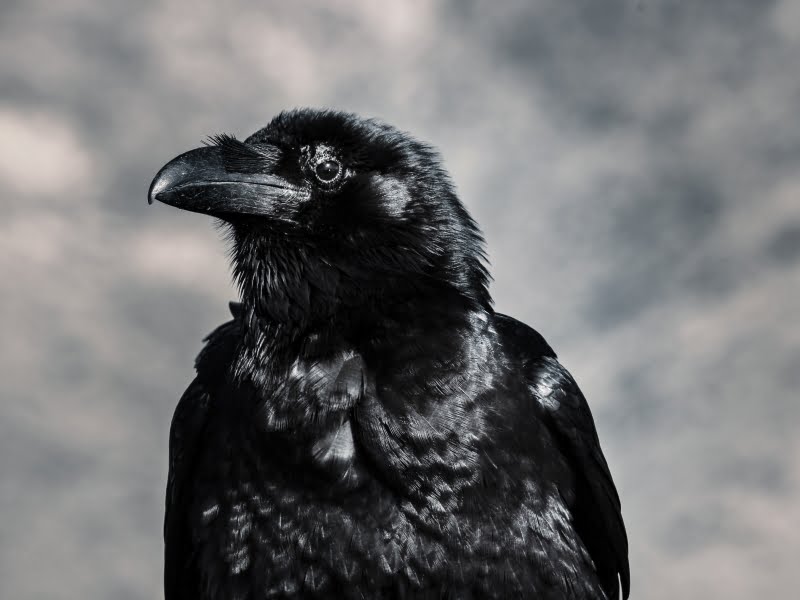A new electronic warfare centre has been established at Flinders University to address Australia’s shortage of experts in the area – known colloquially as ‘Old Crows’ – and to support Defence’s new Indo-Pacific priorities.
The Centre of Expertise for Electronic Warfare will be housed in the South Australian university, under a joint initiative of the school, Defence, and electronic warfare company DEWC T&E.
The plan is to produce the first “job ready” electronic warfare graduates within five years, with courses yet to be finalised.

Electronic Warfare (EW) operators became known as Old Crows following World War II, where allied forces’ disrupting enemy communications were known by the code name Raven. Common jargon changed the name to Crows and the profession became known as Old Crows.
Demand for Old Crows in Australia is expected to surpass supply within a few years, prompting the establishment of the new centre, which will also align with Defence’s latest plan to “Shape, Deter and Respond” to threats in the Indo-Pacific region in the coming decade.
The combination of Defence, academia and industry is needed to keep up with the fast pace of EW and bolster local talent, according to DSTG chief Dr Dale Lambert.
“Current projections indicate that Defence will fall below critical EW skills mass within three years,” Dr Lambert said.
“Establishment of a self-sustaining, sovereign EW talent pipeline is a necessary strategic response. Having a skilled EW workforce of researchers and practitioners is key to ensuring Defence EW capabilities are in place and fit for purpose.”
DSTG defence scientist Professor Sam Drake has been named as Flinders first University Chair of Electromagnetic Systems and Security and outlined a plan for the university to become globally renowned for EW.
“I want people to think of Flinders University when they think of EW. For that, we must create strong links with Defence, and part of my role is to be that link between the unclassified university environment and Defence’s needs,” Professor Drake said.
“For our EW degree course to be most useful, we also need to collaborate shoulder to shoulder with Industry.”
Professor Drake said a “significant cohort” of job ready EW graduates will enter the workforce by 2026.
“Our focus will be on familiarising the students with what is really needed by Defence, the mathematics, physics and engineering that are really used in practice. That push for practical knowledge that is coming from industry,” he said.
Industry is being encouraged to help design the EW courses.
Do you know more? Contact James Riley via Email.

